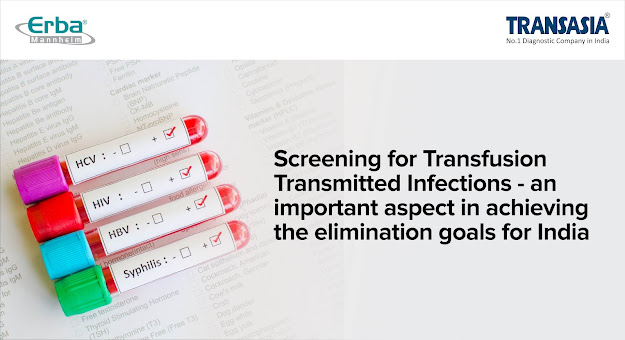Choosing the best LIMS software

Modern-day, cutting edge, smart technologies are making laboratories ‘smart’ labs. A smart lab is an amalgam of the latest automation in equipment and the software that helps in data management and beyond. LIMS forms an integral part of smart labs and it is important to choose the best LIMS depending on the requirement of your lab. LIMS is a software that enables pathology labs to manage enormous data as well as lab samples effectively. Many labs need to upgrade or modify their existing LIMS to ensure optimum results with robust corporate information system infrastructure. A pathology laboratory has a plethora of choices to make with regards to selecting the best LIMS software. Choosing the best software ensures successful operation as well as management of LIMS maintenance and implementation. With this blog, we will look upon the best ways to choose a cost-effective software or LIMS: Automation : Automation is one of the reasons why pathology labs use LIMS. Efficient LIMS soft




